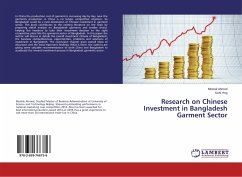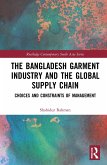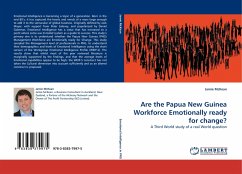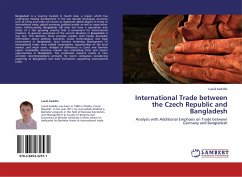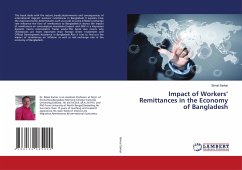Seminar paper from the year 2019 in the subject Economics - International Economic Relations, , language: English, abstract: The research objectives of this paper are to explore the intersection of labor relations and environmental sustainability in the garment industry and to investigate labor unrest in the garment sector, but instead of simply cataloging the problems faced by workers, this paper chooses to focus on potential solutions. To do this, interviews were conducted with workers, factory owners, and labor advocates to understand the root causes of labor unrest and identify strategies that have been effective in improving working conditions and labor-management relations One of the global industries with the highest labor costs is clothing. Due to the industry's low adoption of technology, it is also the sector in Bangladesh with the highest manpower requirements. More than 4 million people are employed in this sector, which is the foundation of our export-driven economy, according to BSR. Being an integral part of the industry, laborers deserve to get higher consideration from the manufacturers. Unfortunately, the manufacturers can't take their matters into priority: resulting in present unrest. In the RMG industry, labor unrest is the most often discussed topic. The recent confrontations between law enforcement and workers have brought about a significant problem and upset the tranquil environment in the sector. The regions with the biggest disturbances were Ashulia and Tejgaon. Conflicts erupted as a result of worker strikes, and they quickly spread to the other garment zones like an infection. The workers demonstrated on the streets, picketed, lay siege on either the officers or the factory managers of the factories to express their grievances and demand higher wages and better job facilities. Manipulations and exploitations of all sorts must come to an end. Any action, which may disturb the working environment or by any chance should be settled fast by the authorities and parties concerned before transforming into violence.
Hinweis: Dieser Artikel kann nur an eine deutsche Lieferadresse ausgeliefert werden.
Hinweis: Dieser Artikel kann nur an eine deutsche Lieferadresse ausgeliefert werden.


